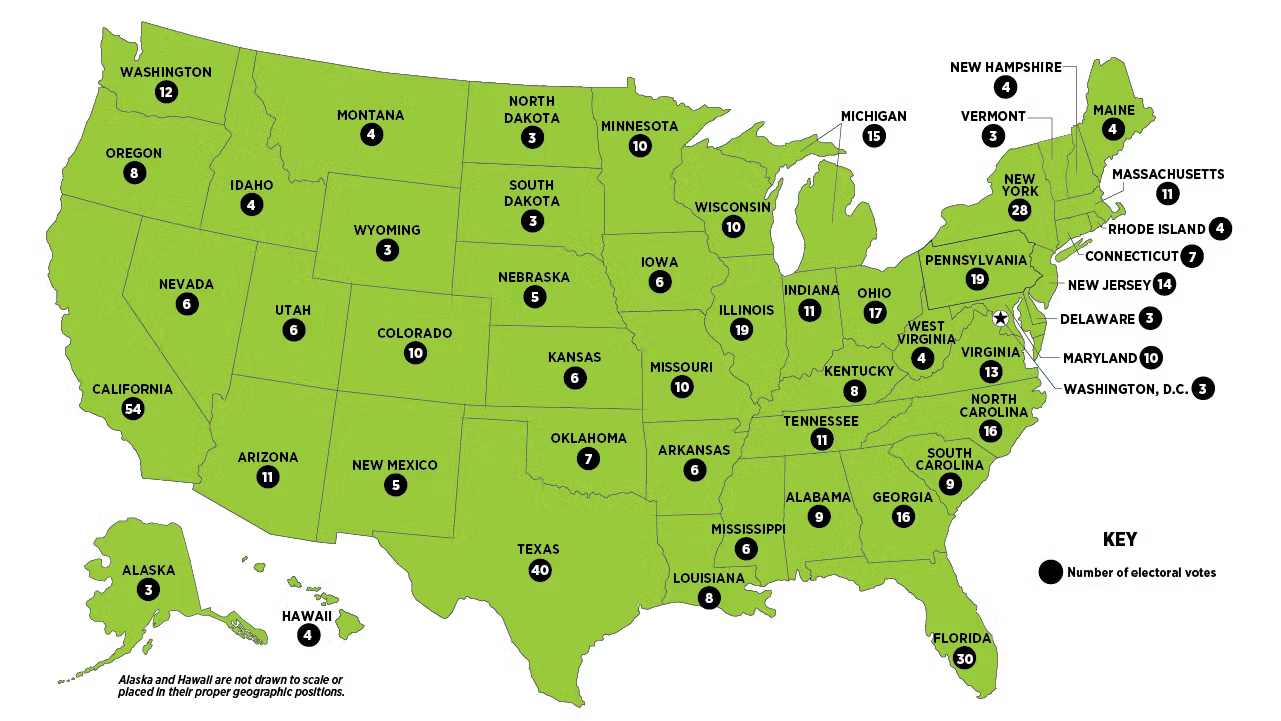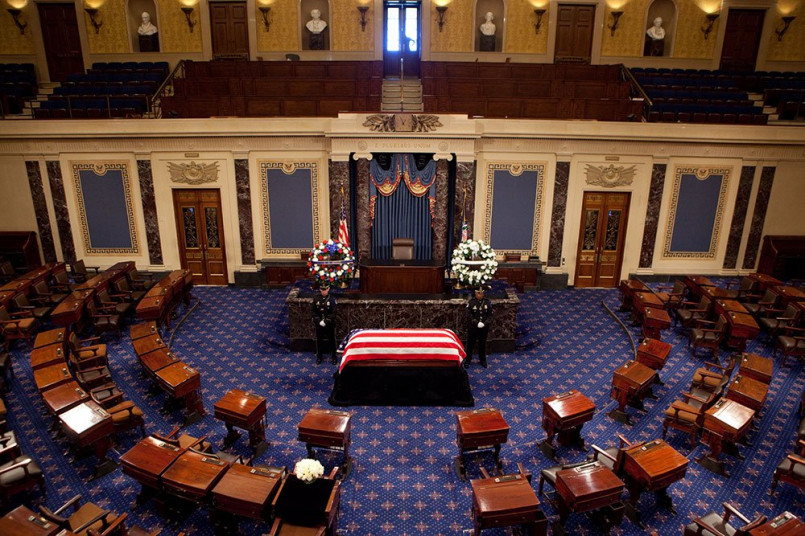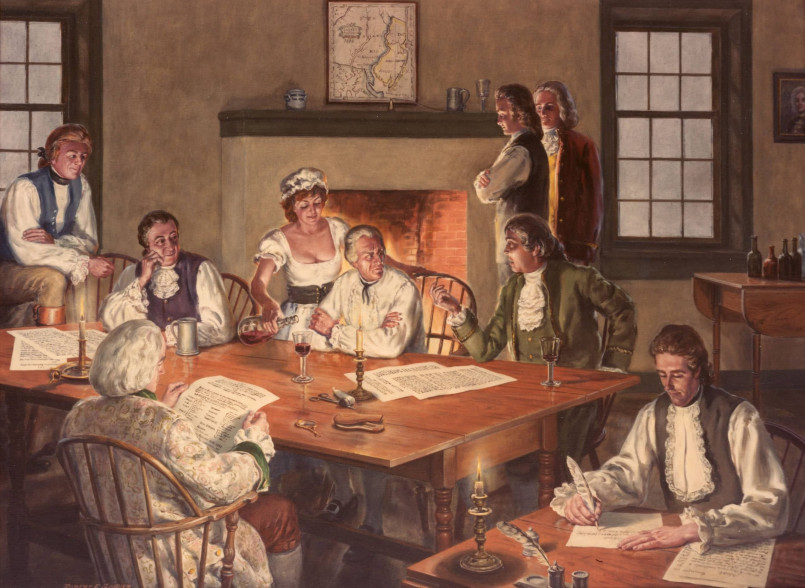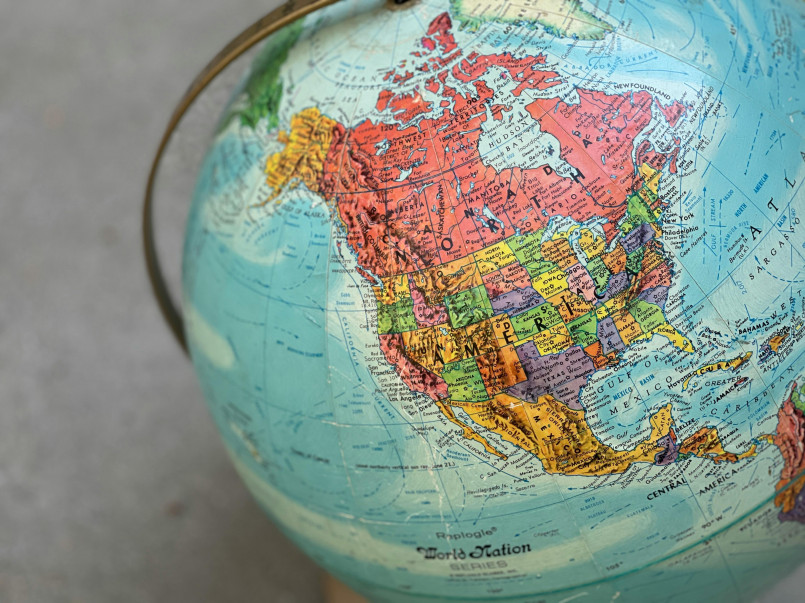The Electoral College isn't a physical place but a process that determines who becomes US President. With 538 electors divided among states based on congressional representation, this system has decided presidential outcomes for over two centuries-sometimes selecting presidents who didn't win the popular vote.
Every four years, Americans head to the polls to cast their votes for president. Yet many are surprised to learn they're not directly electing the president-instead, they're participating in a two-step process known as the Electoral College. This uniquely American system has determined presidential winners since the nation's founding, sometimes producing outcomes that don't align with the nationwide popular vote.
Understanding the Electoral College is essential for grasping how American democracy functions. While seemingly complex at first glance, the system follows consistent rules that have shaped presidential campaigns and outcomes throughout history.
What Is the Electoral College?
The Electoral College is not a place but a process established by the U.S. Constitution as a compromise between election of the president by Congress and election by direct popular vote. It consists of 538 electors who formally select the president and vice president after the general election.
Each state receives electoral votes equal to its total representation in Congress: one for each House member (which varies by population) plus two for its senators. Additionally, the District of Columbia receives three electoral votes under the 23rd Amendment, despite having no congressional representation.
The magic number to win the presidency is 270 electoral votes-a majority of the 538 total votes available.
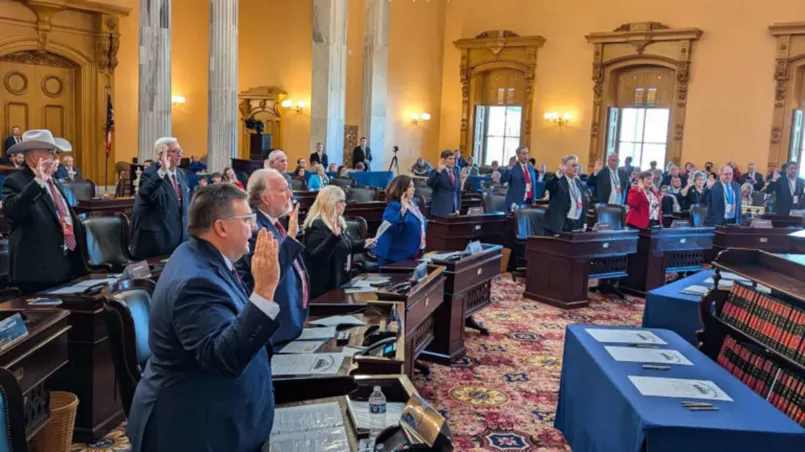
How the Electoral College Works
The Electoral College process unfolds in several stages:
- When citizens vote on Election Day, they're actually voting for a slate of electors pledged to their candidate.
- In 48 states and DC, the candidate who wins the popular vote receives all of that state's electoral votes (winner-takes-all).
- Maine and Nebraska use a different system, awarding two electoral votes to the statewide winner and one to the winner of each congressional district.
- After Election Day, governors prepare "Certificates of Ascertainment" listing their state's electors.
- Electors meet in their respective states in December to cast their official votes.
- Congress counts these votes in a joint session on January 6th following the election.
- The candidate with at least 270 electoral votes becomes president.
While electors are generally expected to vote for the candidate they pledged to support, "faithless electors" occasionally vote differently. However, many states have laws binding electors to their pledged candidate, and the Supreme Court unanimously upheld these laws in 2020.
Electoral Votes by State
Electoral votes are not distributed equally among states. They range from California's 54 votes to just three for several less populous states like Wyoming, Vermont, and Alaska. This allocation changes slightly after each decennial census, as population shifts affect House representation.
States with the most electoral votes wield significant influence in presidential elections:
- California: 54
- Texas: 40
- Florida: 30
- New York: 28
- Pennsylvania: 19
- Illinois: 19
- Ohio: 17
This distribution gives voters in less populous states somewhat more power per person than those in highly populated states. For instance, Wyoming has one electoral vote per approximately 190,000 residents, while California has one per 720,000 residents.

Popular Vote vs. Electoral Vote
One of the most controversial aspects of the Electoral College is its potential to produce presidents who did not win the nationwide popular vote. This has happened five times in American history:
- 1824: John Quincy Adams (though this election had multiple candidates)
- 1876: Rutherford B. Hayes
- 1888: Benjamin Harrison
- 2000: George W. Bush
- 2016: Donald Trump
In each case, the winner secured enough electoral votes to become president despite receiving fewer total votes nationwide than their opponent. This discrepancy occurs because of the winner-takes-all system in most states, which can amplify narrow victories in key states while diminishing the impact of large margins elsewhere.
The Importance of Swing States
The Electoral College system concentrates campaign attention on "swing states" or "battleground states"-those where either party has a reasonable chance of winning. States that consistently vote for one party (like California for Democrats or Wyoming for Republicans) receive less campaign focus.
Common swing states include:
- Florida
- Pennsylvania
- Michigan
- Wisconsin
- Arizona
- North Carolina
- Georgia
These competitive states often determine election outcomes, leading candidates to tailor policies and campaign promises to appeal to their voters. Critics argue this gives certain states disproportionate influence, while defenders suggest it forces candidates to build broader coalitions.
Controversies and Criticism
The Electoral College faces several criticisms:
- Democracy concerns: Critics argue that a system allowing presidents who lost the popular vote undermines democratic principles.
- Voter participation: Some suggest it discourages turnout in non-competitive states where outcomes are predictable.
- Campaign focus: Candidates concentrate resources on swing states, potentially ignoring the concerns of voters elsewhere.
- Two-party dominance: The winner-takes-all approach makes it nearly impossible for third parties to win electoral votes.
Defenders counter that the Electoral College:
- Preserves federalism by ensuring states maintain a role in selecting the president
- Prevents candidates from winning by focusing solely on densely populated areas
- Encourages coalition-building across diverse geographic regions
- Provides clear winners and stability by magnifying narrow victories
Electoral College Reform Proposals
Various reform proposals have emerged over the years:
- National Popular Vote Interstate Compact: An agreement among states to award their electoral votes to the national popular vote winner. It would take effect once states representing 270 electoral votes join. Currently, states totaling 195 electoral votes have joined.
- Proportional allocation: States could allocate electoral votes proportionally based on state popular vote percentages rather than winner-takes-all.
- Constitutional amendment: Abolishing the Electoral College entirely would require a constitutional amendment with two-thirds approval in Congress and ratification by three-fourths of states.
- District system: States could adopt the Maine and Nebraska model, awarding electoral votes by congressional district plus two for the statewide winner.
Any significant change faces substantial political hurdles, as parties that have recently benefited from the current system typically resist modifications.
Historical Impacts on Presidential Elections
The Electoral College has shaped presidential campaigns and outcomes throughout American history. Beyond producing presidents who lost the popular vote, it has:
- Created "blue states" and "red states" in political discussion
- Led to focused campaigning in a handful of competitive states
- Prevented regional candidates from winning the presidency without broader appeal
- Maintained the two-party system by making third-party electoral victories extremely difficult
The 2000 election provided a dramatic example of the Electoral College's influence when the presidential outcome hinged on Florida's electoral votes. After a contentious recount process and Supreme Court intervention, George W. Bush won Florida by just 537 votes out of six million cast-securing the presidency despite trailing Al Gore by about 500,000 votes nationwide.
Similarly, in 2016, Donald Trump won key swing states by narrow margins while Hillary Clinton amassed large popular vote margins in non-competitive states, resulting in an electoral victory for Trump despite Clinton's 2.9 million vote national lead.
Whether viewed as a vital constitutional safeguard or an outdated mechanism, the Electoral College remains central to American presidential politics. Understanding its workings helps citizens comprehend how their votes translate into the selection of the nation's highest office.
Frequently Asked Questions About Electoral College Explained: How 538 Votes Determine the US President
Why was the Electoral College created?
The Electoral College was created as a compromise during the Constitutional Convention of 1787. Some founders wanted Congress to elect the president, while others preferred direct popular election. The Electoral College balanced power between states with different populations and gave smaller states more influence than they would have in a purely population-based system.
Can electors vote for someone other than who they pledged to support?
These "faithless electors" have historically been rare but possible. However, many states have passed laws binding electors to vote for the candidate who won their state. In 2020, the Supreme Court unanimously upheld these state laws in Chiafalo v. Washington, confirming states can enforce elector pledges.
What happens if no candidate reaches 270 electoral votes?
If no candidate reaches the 270 electoral vote threshold, the election moves to the House of Representatives in what's called a "contingent election." Each state delegation gets one vote regardless of population. The Senate chooses the Vice President with each senator casting an individual vote. This has happened twice in history (1800 and 1824).
Why don't candidates campaign in all 50 states?
Candidates focus their limited time and resources on "swing states" where either party has a reasonable chance of winning. Since most states use a winner-takes-all system, there's little incentive to campaign in states that reliably vote for one party, regardless of margin. This creates a pattern where just 8-12 competitive states receive the vast majority of campaign visits and advertising.
Is it possible to win the presidency with less than 50% of the popular vote?
Yes, and it happens frequently. When third-party candidates receive significant votes, the winner often has a plurality (most votes) rather than a majority (over 50%). Examples include Bill Clinton in 1992 and 1996, George W. Bush in 2000, and Donald Trump in 2016. The Electoral College typically magnifies narrow popular vote victories into clearer electoral margins.
How have electoral vote allocations changed over time?
Electoral vote allocations shift after each decennial census as population changes affect House representation. In recent decades, Sun Belt states like Florida, Texas, and Arizona have gained electoral votes while Rust Belt states like Pennsylvania, Ohio, and Michigan have lost them. These shifts can significantly impact election strategies and outcomes.
